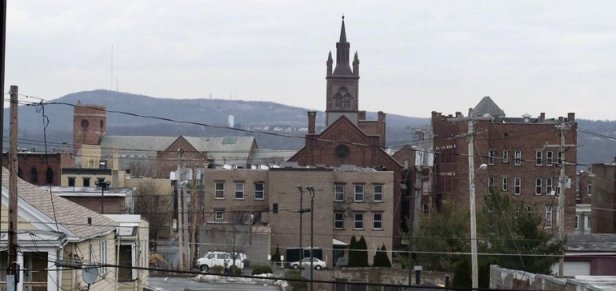Controversy over incinerator-linked PFAS in New York draws scrutiny from federal lawmakers
By E.A. Crunden | Waste Dive | May 14, 2020

Read the full article by E.A. Crunden (Waste Dive)
“Dive Brief:
- Ongoing controversy over toxic chemical contamination linked to an incinerator in Cohoes, New York could spur new lawmaker action. Testing done by David Bond, a Bennington College environmental studies professor, and his students found per- and polyfluoroalkyl substances (PFAS) in soil and surface water near a facility run by Norlite Corp., a company that makes a ceramic aggregate material.
- Norlite’s incinerator has previously accepted PFAS-laden aqueous film-forming foam (AFFF), sparking concerns that incinerators spread the chemicals, rather than breaking them down. When the findings were presented on April 27, Bond told reporters that “far from destroying AFFF, Norlite’s facility appears to be raining down a witch’s brew” of PFAS onto nearby areas.
- The controversy has drawn the attention of lawmakers on a local and federal level, including Sen. Chuck Schumer (D-NY), who is seeking a federal probe by the U.S. EPA and U.S. Department of Housing and Urban Development. That push comes after a bipartisan coalition of more than 80 House of Representatives members called on the House Transportation Committee to restrict industrial discharges of PFAS, a move that could impact incinerators and landfills.
Dive Insight:
PFAS incineration has been a source of interest for some companies, with U.S. Department of Defense (DOD) contracts offering an access point. There are only nine facilities approved to burn AFFF: Norlite’s Cohoes facility; Clean Harbors facilities in Arkansas, Nebraska and Texas; Veolia North America facilities in Arkansas, Illinois and Texas; and Ross Environmental Services and Heritage Environmental Services facilities in Ohio.
Norlite’s parent company, Indiana-based Tradebe, contracted with DOD in November 2018 to incinerate AFFF. But the recent controversy has reignited conversations about PFAS and incineration, as the company faces pressure given that the incinerator is only 200 meters away from a public housing complex.
There are thousands of PFAS chemicals, but the Bennington study found traces of 10 associated with AFFF — including PFOS and PFOA, the two most notorious PFAS. Levels of PFOS were also twice as high downwind of the facility, indicating airborne deposition, according to Bond.
The backlash over the findings could potentially resurface challenges for incineration following a period of heightened federal attention. In 2019, Rep. Ro Khanna (D-Calif.) introduced the PFAS Waste Incineration Ban, which would require the EPA to promulgate regulations for the disposal of AFFF. The ban was later folded into a sweeping PFAS bill (H.R. 535) that passed the House but stalled in the Senate after a veto threat from President Donald Trump. A bill passed in late 2019 notably requires DOD to stop using fluorinated fire-fighting foams by October 2024, in addition to requiring those materials be burned at high enough temperatures to ensure they break down the compounds…”
This content provided by the PFAS Project.
Location:
Topics: